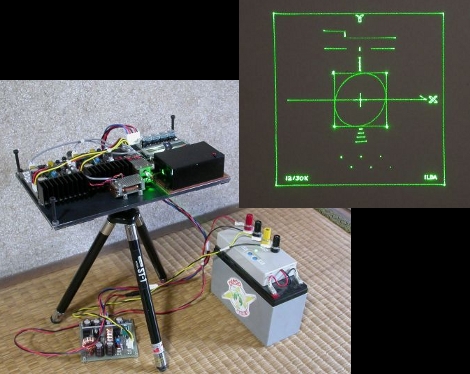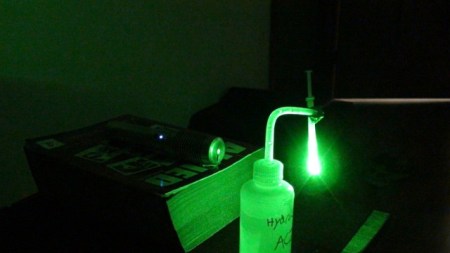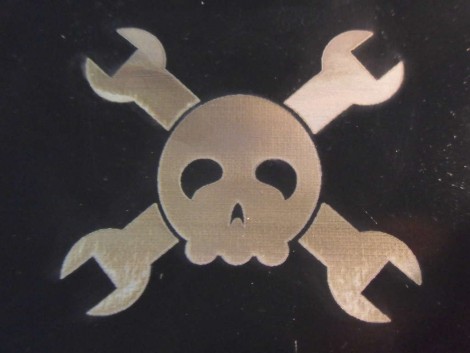
[Jarrod] sent us a link to this home-built laser projector after seeing a different projector that we featured yesterday. This system is fundamentally different. [ChaN], who finished the project several years ago, didn’t use a loudspeaker to move the mirrors, but instead build his own closed-loop Galvanometers. Two of these are controlled by an ATmega64 to produce incredibly clean and accurate vector images. It’s not just the images that are impressive, his hardware is laid-out with skill and forethought that make hiding it in a case a sacrilege.














